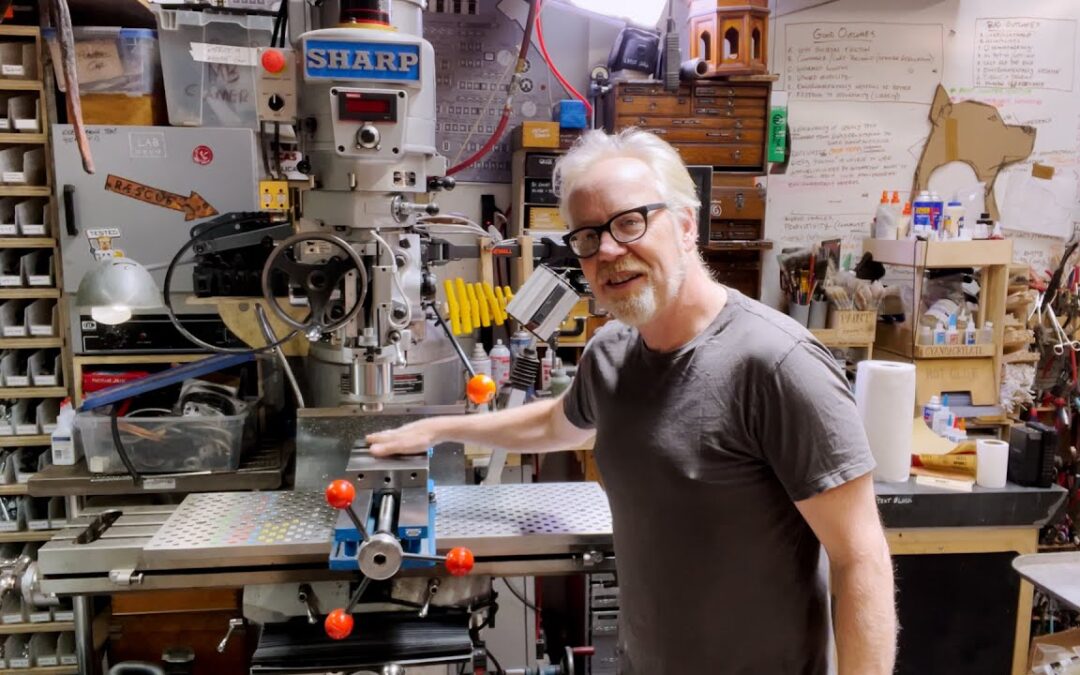In the world of manufacturing and machining, a question often arises: What is a vertical milling machine used for? This quintessential machine tool plays a pivotal role across various industries such as automotive, aerospace, electronics, and more. As entrepreneurs and business leaders, understanding the functionalities and applications of a vertical milling machine can significantly enhance your operational efficiency and product quality.
Vertical milling machines have been a vital tool for shaping metals and other materials, contributing to the production of precision components. What is a vertical milling machine used for? Its unique ability to handle complex tasks with high accuracy makes it indispensable in the manufacturing sector. This article aims to delve into the myriad uses of vertical milling machines, discussing their impact on modern industry.

The Basics of Vertical Milling Machines
Vertical milling machines boast a vertically oriented spindle that holds and rotates the cutting tool against a stationary workpiece. Unlike horizontal machines, they are excellent for working on flat and angled surfaces and are often chosen for the precision they provide. They are primarily classified into two types: the bed milling machine and the turret milling machine.
How It Works
The operation of a vertical milling machine involves adjusting various parameters to achieve the desired result. The workpiece is secured to a worktable, and the vertical mill drills or cuts using a rotating tool. This requires a skilled operator to manage the speed, feed, and depth of the cut to optimize the machine’s performance.
Key Components
Some vital components of a vertical milling machine include the spindle, chuck, motor, and table. Each part plays a crucial role in the machine’s overall functionality. The versatility of these components allows the vertical milling machine to perform a wide array of tasks, aligning with the needs of different industries.
Applications of Vertical Milling Machines
A frequent inquiry remains: What is a vertical milling machine used for in various sectors? Let’s explore some applications to comprehend its broad utility:
Automotive Industry
In automotive manufacturing, vertical milling machines are used to mill complex engine blocks, gearboxes, and other critical parts where precision is paramount. By providing excellent surface finish and dimensional accuracy, these machines ensure that components are ready for assembly-line production.
Aerospace Engineering
Read more about milling machines here. Aerospace applications require stringent tolerance levels and lightweight yet strong materials. Vertical mills are vital for machining intricate aerospace parts, such as turbine blades, ensuring reliability and performance in flight-critical applications.
Electronics and Technology
The precision offered by vertical milling machines is indispensable in the electronics industry, especially when manufacturing components like semiconductors and circuit boards. The adaptability of these machines allows for various operations, including microfabrication for achieving precise electronic layouts.
Custom Fabrication
Vertical milling machines can be tailored to custom manufacturing requirements, allowing businesses to produce bespoke parts. This capability is crucial for startups and firms developing prototypes in technological or mechanical innovations.
Advantages of Using Vertical Milling Machines
After understanding what is a vertical milling machine used for, it’s essential to consider the advantages these machines offer:
Precision and Accuracy
Vertical milling machines are renowned for their precision, enabling manufacturers to achieve tight tolerances and detailed finishes on parts. This precision is crucial in sectors where high repeatability is expected.
Cost-Efficiency
While the initial investment in a vertical milling machine can be significant, the long-term return in terms of efficiency and product quality is substantial. These machines reduce labor costs and material wastage, making them a cost-effective choice.
Versatility
The versatility of vertical milling machines lies in their capability to perform a range of functions, from drilling and boring to cutting complex geometric shapes. This adaptability supports dynamic production environments across various industries. Learn more on reducing milling machine movement complexity by visiting this link.
Future of Vertical Milling Machines
With the advent of CNC (Computer Numerical Control) technology, vertical milling machines are becoming more efficient and capable of intricate designs. CNC mills provide automation, precision, and consistency that manual processes cannot match.
Smart Manufacturing
As we advance into smart manufacturing, integrating IoT (Internet of Things) with milling machines is set to transform industry practices. IoT-enabled machines can provide real-time data monitoring and predictive maintenance.
Eco-Friendly Innovations
Environmentally conscious practices are becoming more prevalent. Innovations focused on energy efficiency, waste reduction, and sustainable operation are expected to become standard in vertical milling technology.
Conclusion
In summary, what is a vertical milling machine used for? Its diverse applications and role in enhancing industrial productivity underscore its importance. From automotive to aerospace, these machines are on the cutting edge of machining technology, continuously evolving with industry needs to stay relevant in a rapidly changing manufacturing landscape.

Frequently Asked Questions
What materials can be machined with a vertical milling machine?
Vertical milling machines can machine a variety of materials, including metals like steel and aluminum, as well as composites and plastics. Learn more about machine capabilities here.
How do vertical milling machines differ from horizontal milling machines?
While both types are used for machining tasks, vertical milling machines are more versatile in performing complex shapes and are easier to operate than horizontal machines, which are often preferred for larger, heavier materials.
Are vertical milling machines cost-effective for small businesses?
Yes, despite their initial cost, they offer long-term savings through improved efficiency, reduced material waste, and lower labor costs, making them a wise investment for many businesses.
This article contains affiliate links. We may earn a commission at no extra cost to you.

